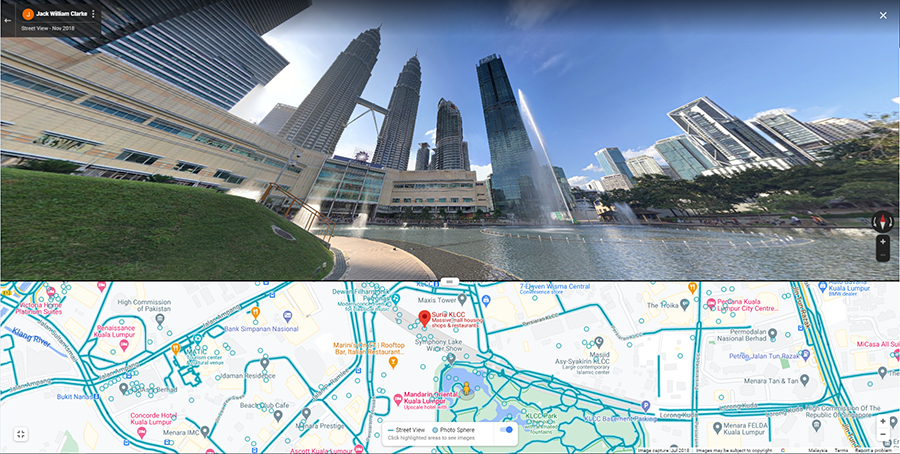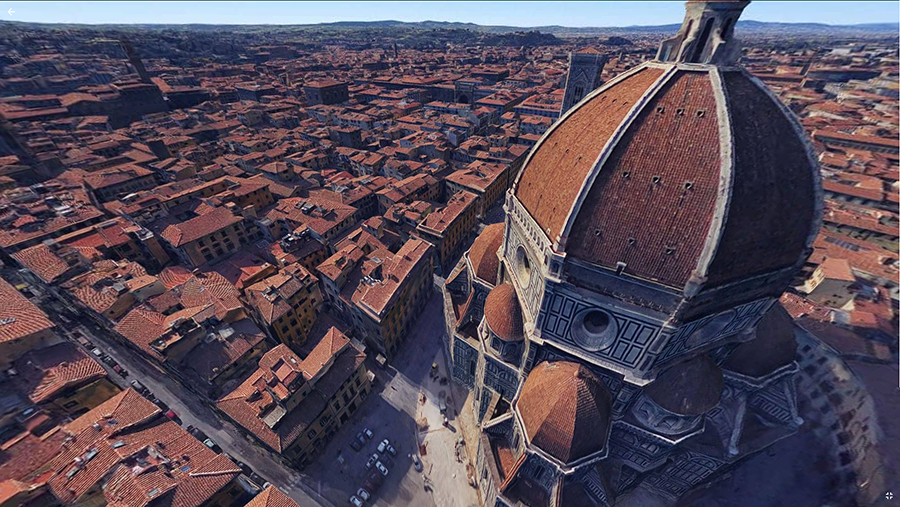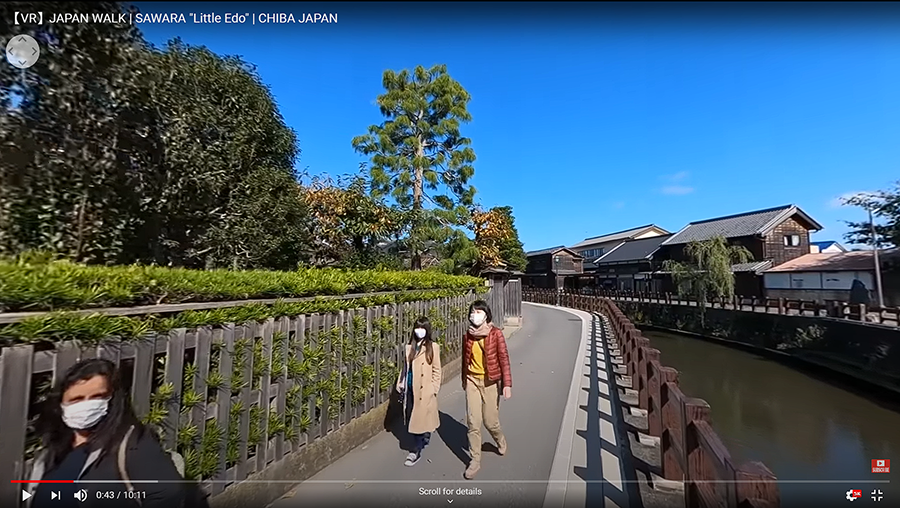During the 2016 Intercultural Design excursion to Berlin, my colleague Asrizal Razali and I, analysed the students’ reflective observations from their online blogs as a consistent behavioural set according to Kolb’s (2005) Learning Style Index of 1) doing, 2) feeling, 3) thinking, and 4) thinking. We found that the experience of “being there” allowed them to identify the differences in design and local culture based on their existing knowledge of other cultures. The students were able to observe and form new knowledge during the week-long trip through their direct interactions with the environment, artifacts, and people. The excursion proved that there are advantages of experiencing a foreign environment, but with the current pandemic situation, it is impossible to conduct a class excursion without the risk of contracting COVID-19. Therefore, we are planning for the January 2021 short semester, an alternative method of “being there” by adapting the use of existing Virtual Reality (VR) technology with the hope that the second hand observation will suffice in giving the students a similar experience and allow them to learn about a foreign environment from the comfort and safety of their homes.
Due to the nature of online learning from home, where the students will be operating the VR exploration themselves, we limited the selection of VR technology based on the student’s capacity to operate the equipment independently. This means the VR applications must be easily and readily accessible, cost-free, have a minimum of technology requirements, and be easy to use.
Google Street View
Since it is launched in 2007, Google Street View has since expanded to include cities and rural areas worldwide. This technology is freely accessible on computers via Google Maps on the browser or application which means students with minimum equipment would be able to participate as well. They would need to drop the avatar Pegman or the Yellow Man onto the roads on the map that are marked with blue lines and then navigate the streets with their mouse. The application displays panoramas of stitched spherical images of street-level views thus providing a complete 360-degree view of the scenery in the ground plane, and 180-degree view vertically. This would provide a robust immersive experience for the students as they are free to navigate the streets and scenes from their computer screen. What is more, they can also revisit the old panoramas from the Street View’s archives by adjusting the desired time, and observe the changes that happen over time in that destination.

Google Earth VR
Google Earth VR (GEVR) was released in 2017 as an extension of Google Maps in VR which allows users to visit the world’s cities, landmarks, and natural wonders with the use of VR Head-mounted Devices (VRHD) such as Oculus Rift, and HTC Vive. The technology utilizes the VR sensors that track a user’s position and gestures in actual space, while the VRHD extends the user’s sight to the location they are exploring. This gives students the full body impression of “being there”. The aim is to immerse the user with experience of virtual earth in the same way that they experience a real one: as a world they actively embody rather than a representation they examine from the outside. In addition, students with their own VRHD can explore the panoramas from impossible perspectives such as flying, standing at the top of the highest peaks, and even soaring into space. It also comes with cinematic tours of hand-picked destinations that allow for a more relaxed exploration.

YouTube VR Videos
YouTube VR is a new type of online application that offers viewers experience in exploring a video in 360-degrees with their mouse or mobile devices. This medium is called spherical video under “360-degree video” and VR. This application can even be viewed in a VRHD and on screens, and gives an immersive experience of exploring the surroundings in all directions, interacting with, and experiencing the content instead of passively watching a video. With the recent COVID-19 pandemic, there is a growing popularity for this type of output with many YouTube content creators producing VR walkabout videos, catering to the viewers’ desired destination while giving them the feeling of being there. With the increase of such activities, viewers are also able to see the latest panorama or scenes of specific locations via YouTube VR such as the Japan Travel Sensei YouTube channel (2020) which produces 360-degree VR videos of hot spots in Tokyo almost every week.

With the challenges of adapting online learning for the delivery of Intercultural Design, the use of VR tools may provide an alternative means of travel by allowing students some level of sensory experience, albeit in a from of second-hand observation. These suggested VR tools may have the capacity to allow immersive experiences especially in studies involving exploration of foreign environments, even if the immersive quality is a weak feeling of “being there”. More importantly, the applications are easily accessible to anyone who has these available devices, thus giving them an opportunity to utilize new tools in their learning.

